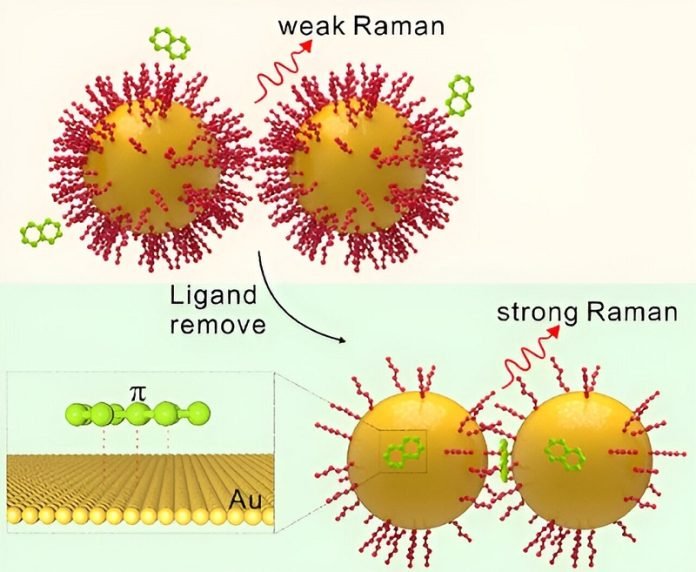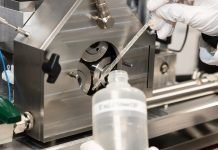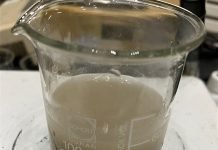
In the world of science, a group of researchers, led by Professor Yang Liangbao from the Hefei Institutes of Physical Science under the Chinese Academy of Sciences, has made an exciting breakthrough.
They’ve been studying how certain types of molecules, known as aromatic molecules, interact with surfaces made of gold.
This might sound like something straight out of a sci-fi movie, but it’s real, and it’s fascinating!
Let’s break it down a bit.
Aromatic molecules are special kinds of molecules that you can find in many places, including the scents of flowers and the flavors of some foods. Gold, as we all know, is a precious metal.
When these molecules meet gold surfaces, something interesting happens, and that’s exactly what these scientists were curious about.
Usually, understanding these interactions is pretty tricky. The tools scientists have to study them aren’t always up to the task, and the whole process is quite complex. But this team of researchers came up with a smart way to look closer at these interactions.
They built something called an “Au nanodimer.” This is basically a tiny structure made of gold with a very small gap between two parts.
Think of it like a mini gold bridge with a gap you can barely see.
Using this tiny structure and a technique called Surface-enhanced Raman Spectroscopy (SERS), the scientists could observe how the aromatic molecules behave when they’re close to the gold.
One of the cool things they found out is related to polycyclic aromatic hydrocarbons (PAHs). These are a specific type of aromatic molecules.
The team discovered that when there are more rings in these molecules (imagine a chain of connected rings), they can be detected more easily using their gold structure.
This is a big deal because it could lead to better ways of finding and studying these molecules.
Also, they learned about how these molecules stick to the gold surface and how the electrons are distributed in this interaction.
Electrons are tiny particles that move around in atoms and molecules, and understanding how they behave in these scenarios is key to understanding the whole picture.
This research is not just cool for the sake of being cool. It has a lot of potential uses. For one, it helps scientists understand more about how molecules interact with metals like gold.
This knowledge can be used in many fields, from developing new materials to creating better sensors for detecting various substances.
The study was so impressive that it was featured on the front cover of the journal ‘Analytical Chemistry.’ It shows the power of the SERS technique in studying these tiny, intricate interactions at the level of single molecules.
And it opens up new doors for both basic research and practical applications in many areas, like chemistry, material science, and environmental science.
In summary, this team’s work has shed new light on the tiny world of molecules and metals. By creating a tiny gold structure and using advanced techniques, they’ve given us a better understanding of how the microscopic world works.
This could lead to big advancements in science and technology, proving once again that sometimes the smallest things can make the biggest difference.




